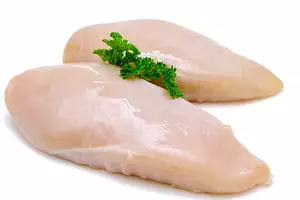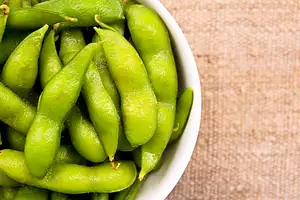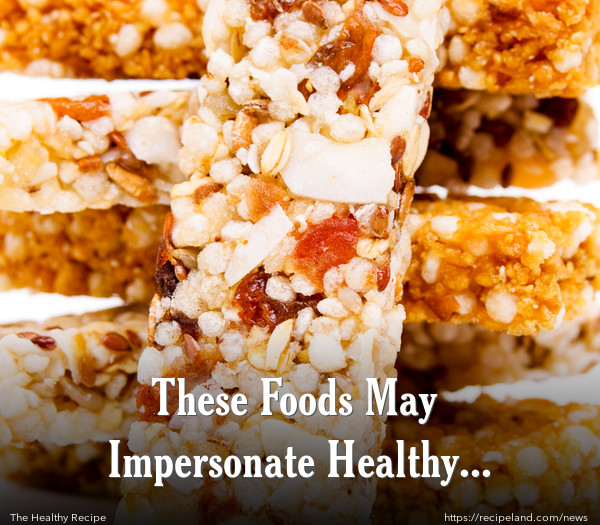If you are like many people, you are trying to select the foods that you eat based on their nutritional value. Certain foods, however, may be marketed as being healthy choices—when, in fact, they are not as good for you as they proclaim to be. Take a look at this list and see if you have fallen victim to any of the false or exaggerated claims.
1. Twig and Flake Cereals
Even though a cereal may claim to be made from whole grains, claim to be organic, and claim to be high in fibre, it does not necessarily mean that it is good for you. Many organic cereals are high in sugars, and even organic sugars are not especially good for you. Just because a cereal claims to be high-fibre, it might not be that, either. Supplemented fibre is not as absorbable as real fibre sources, often because they are made from processed or refined grains. Make sure that you are seeking cereals that contain less than 6 grams of sugar per serving, and the fewer ingredients, the better. Whole grains, freeze-dried fruits, unprocessed nuts, and natural sweeteners are best.
2. Veggie Chips
Tempted by the veggie chips because they seem like a healthier choice? They might be, but not by much. The veggie portion of the chip is usually just a dye from vegetable powders, and the chips are made mainly from potato starches or corn flour. However, it is pretty easy to make your own veggie chips out of real veggies, like kale, broccoli or Brussels sprouts.
3. Parfaits
When you are tempted at the bakery by huge muffins, croissants and bagels, the parfaits made with yoghurt may look like a better choice. But, even though they are often rich in protein and calcium, they are super high in sugar content. Most of the time you will find that they contain more than 30 grams of sugars, some may be up to 50 grams. Choosing a croissant may get you a mere 4 grams of sugar instead. If you are looking for a treat, head toward the refrigerated section in the bakery or coffee shop and try to pick out a single cup of plain yoghurt and a fresh fruit bowl. Mix them together to make your own parfait. For a touch of sweetness, add some stevia or honey. This type of parfait contains a much more reasonable amount of sugar.
4. Bottled Green Juices
While these tasty concoctions proclaim to provide the same benefits as multiple servings of fruits and veggies, it’s far more likely that you are getting more than your fair share of sugars. It might be hard to believe that you are probably getting up to 50 grams of sugar per serving. Even though this is mostly from fruit, it still affects your bloodstream and it’s not in a good way. Instead of opting for the green juices, make your own fruit and veggie smoothies and use natural sweeteners.
5. Fibre-Fortified Granola Bars
If you enjoy high fibre granola bars, then you can get at least a third of the recommended daily allowance of fibre from about 140 calories when you eat one of these bars. The problem is that you are not getting the fibre from sources like oats or nuts, you are most likely getting it from chicory root extract, which is high in fibre and tasteless. Unfortunately, other ingredients in these snacks include added sugars, artificial colours, preservatives and refined oils. Instead of reaching for these, reach for granola bars with short ingredient lists and plenty of nuts and whole grains.
6. Frozen Veggie Burgers
The commercially-available veggie patties on the grocery store shelves are usually made from highly processed soy or wheat product, not real vegetables. Read labels carefully, and choose veggie burgers that actually have proteins from beans, seeds or whole grains. Try to find some that really have some veggies in them, if you can! Rice Cakes. This quintessential health food is low fat and low-cal, but also lacks nutritional value. One rice cake generally provides one gram of protein and one gram of fibre, and little else. Rice cakes that are flavoured contain plenty of artificial ingredients. Instead of these vacant crisps, try whole grain crackers with plenty of protein and fibre.
7. Quinoa Pasta and Chips
Anytime you hear the word “quinoa,” you assume the food must be healthy, right? Not the case, really. There are at least four common brands of quinoa pastas that contain more corn, rice or wheat than quinoa, which is a high-fibre, high-protein grain that you would want to eat. Always check the ingredients if the label says “quinoa,” and make sure that it is high on the ingredient list. Quinoa or quinoa flour should be listed as the first ingredient.
When you are trying to make healthy choices, understanding food labels is very important. Take the time to learn about what you are eating, so that you can get the most benefit from your choices.










Comments